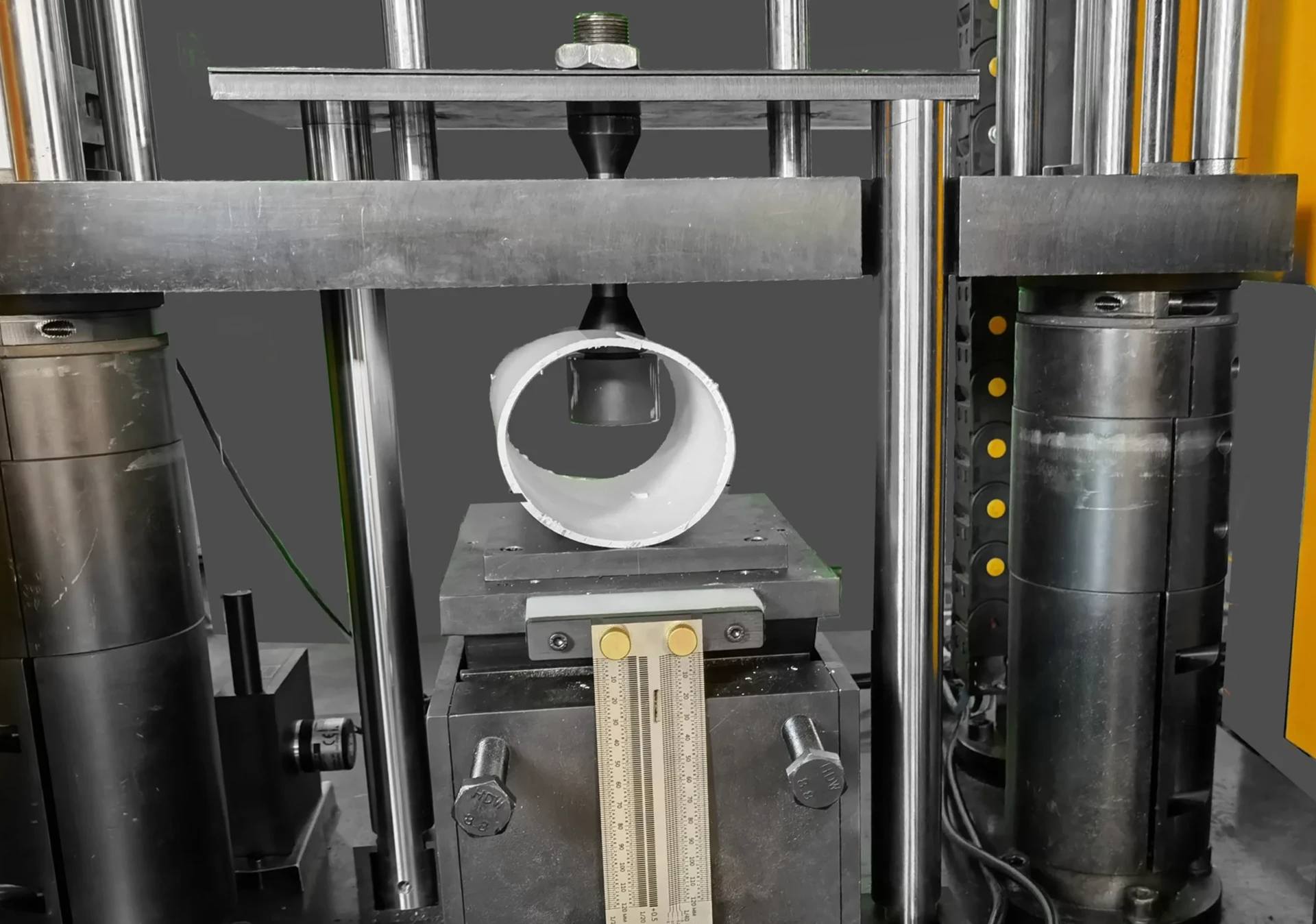ISTA 6-Full Parcel Distribution Simulation
The International Safe Transit Association (ISTA) has developed a series of tests to ensure that packaged products can withstand the rigors of transportation and distribution. The ISTA 6-Full Parcel Distribution Simulation test is specifically designed to replicate the conditions that parcels experience during full distribution cycles, including handling by sorting equipment, conveyor systems, hand-offs, and storage.
This test evaluates how well packaging can protect contents against damage due to impacts, drops, vibrations, and other stresses encountered in transit. By simulating real-world scenarios, it helps manufacturers identify potential weaknesses in their packaging design early on, ensuring that products reach consumers safely and undamaged.
During the ISTA 6 test, parcels are subjected to a sequence of events that mimic various stages of distribution, such as being placed on conveyors, sorted by machines, handled by workers, and stored temporarily. This comprehensive approach ensures that all aspects of parcel handling are considered when assessing packaging integrity.
One key feature of this test is its ability to replicate the cumulative effects of multiple stress events. Unlike individual drop tests or impact simulations, ISTA 6 considers how these stresses might accumulate over time and interact with each other during a full distribution cycle. This makes it an invaluable tool for optimizing packaging designs.
Another important aspect of this test is its focus on realistic conditions. It takes into account factors like surface roughness, conveyor speed, and even the angle at which parcels are dropped or placed. These variables can significantly affect how packages behave during transit, making ISTA 6 particularly effective in predicting real-world performance.
For quality managers and compliance officers responsible for ensuring product safety throughout distribution chains, ISTA 6 provides critical insights into packaging robustness. By incorporating such detailed simulations into their testing protocols, companies can enhance both consumer satisfaction and brand reputation by minimizing the risk of damaged goods reaching end users.
R&D engineers benefit from this test as well because it allows them to refine their designs iteratively based on feedback from successive rounds of testing. This iterative process helps drive innovation in packaging solutions while maintaining strict adherence to quality standards.
Why It Matters
Ensuring that products arrive at their destination intact is essential for any business dealing with physical goods. Damage during transit not only leads to increased costs but also damages customer trust and satisfaction. The ISTA 6-Full Parcel Distribution Simulation test addresses these challenges by providing a robust framework for evaluating packaging performance under realistic conditions.
- Reduces Costs: By identifying weak points in packaging early, companies can avoid costly repairs or replacements at the consumer end. Additionally, fewer claims against insurance policies result in lower premiums and reduced administrative overhead.
- Bolsters Brand Reputation: Consumers expect their purchases to arrive undamaged. A strong reputation for delivering high-quality products contributes positively to brand image and loyalty.
Customer Impact and Satisfaction
The ISTA 6-Full Parcel Distribution Simulation plays a crucial role in enhancing customer satisfaction by ensuring that shipped items arrive safely. Here’s how:
- Minimal Damage: By thoroughly testing packaging against various stressors, businesses can significantly reduce the chances of product damage during transit.
- Improved Efficiency: When parcels are well-protected, they require less handling and rework at both sender and receiver ends, thus improving overall efficiency.
International Acceptance and Recognition
The ISTA 6-Full Parcel Distribution Simulation is widely recognized internationally for its rigor and accuracy in simulating real-world distribution conditions. Compliance with this standard demonstrates a commitment to quality assurance that resonates globally among buyers, sellers, and regulators alike.
- Global Standards: Adhering to ISTA guidelines ensures compatibility with international standards such as ISO 9001 for quality management systems.
- Regulatory Compliance: Many industries, including e-commerce, logistics, and manufacturing, rely on these tests when specifying packaging requirements.





